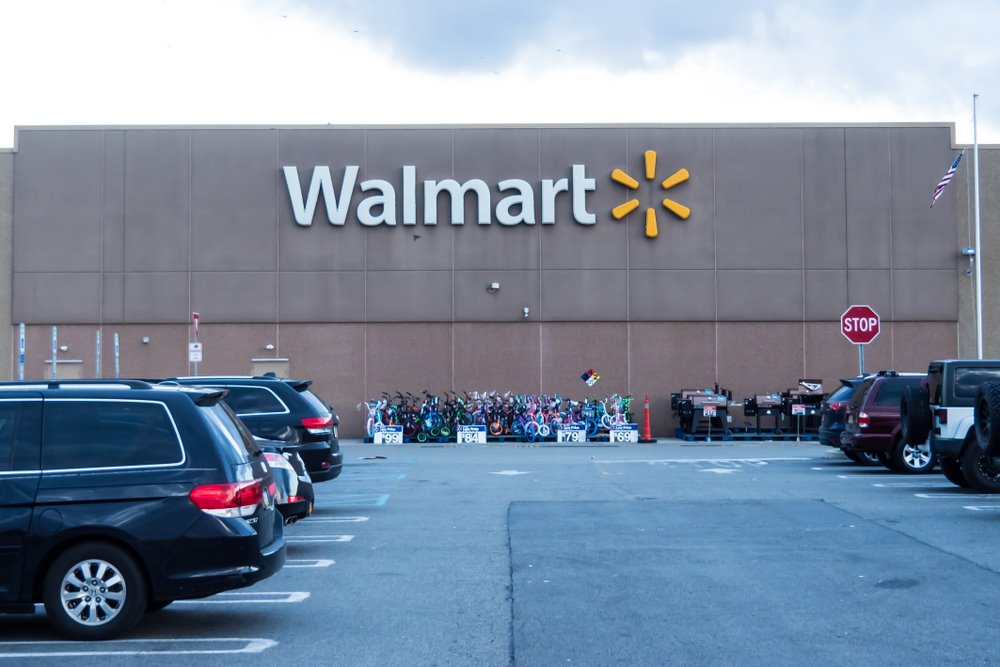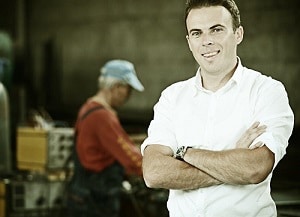What are sales channels?
They are more important than your product! Why? Because, simply, “If it ain’t there, they can’t buy it!” Where is there? It’s the point of sale. It’s the only place where your product, your consumer, their money and their decision all come together.
For CPG brand builders in love with their products, inability to understand, appreciate, and correctly utilize their sales channels is the number one cause of failure. We totally underestimated what was involved and were blinded by popularly held misconceptions about sale channels. Sure, we knew that sales channels were the path of distribution through which our products must pass in order to get to our retailers, but we had no idea what we were up against.
So basically, sales channels are the network through which you make sales. In our business, we had to sell seven people or groups of people, all with very different interests, to get our product to market. We erroneously thought that if we had superior quality and price, the world would knock out windows and kick down doors just to get to us.
The opposite was the truth. We had to “sell” each level of the sales channel in order to give them a reason to carry our products and a reason to sell them to the next level. Some of the levels were levels within levels, very subtle, and often overlooked. This almost killed us! It wasn’t until we understood the reasons for the fractured and various levels of sales and what each one really wanted, that we began to see success.
And you don’t just “sell” each level on the features, benefits, uniqueness, and price of your products. They don’t care for the most part. There is something else they are interested in. It’s only the downstream consumer who really cares about quality and price.
Sales Channel Examples
B2B
An example of a common sales channel is Business to Business (B2B). Many CPG producers think they are in the B2B sale channel. But when you are selling a CPG product, in order to be successful, you must grease the skids all the way along the distribution channel. In most businesses, you can make a distinction between the sale channel and the distribution channel, but in the CPG business, that distinction will get you into trouble. For instance, we originally thought we were in the B2B sales channel and that our sale was over when our goods were delivered to the distributor who sent us the check. But if their retail buyers don’t reorder, neither will your wholesaler! So, even though you are technically in a B2B business, you must continue to make sales of your product all the way to the consumer.
Retail
Another example of a sales channel is the retail sales channel. Sometimes a CPG producer will sell directly to a retailer, usually a big retailer like a box store or a chain store. But depending on the laws and politics involved you may be forced to sell through a distributer who says, “If I can’t have the big boy, I won’t sell the little guys for you.”
International Sales
International sales of CPGs adds another layer or two to the distribution and thereby the sales channel. Now you are dealing with an importer and perhaps a holding warehouse in that country. You must get your product through those layers and get the local retailers and wholesalers to buy from those entities. Again, that’s a sales channel that parallels the distribution channel.
Direct to the Consumer
You can always try to sell your products direct to the consumer and bypass the distributors and the retailers. But that form of ecommerce is very limited due to single purchases, delivery costs, lack of tactile selling, absence of notion or impulse buying, and a race to the bottom price-wise.
Other forms of sales channels apply to non-producing retailers and middlemen.
The biggest danger we have seen in the CPG space is that CPG producers may think their sales job is done when they sell to the distributor. It’s just beginning!
The Seven Sales
Here is a good example of the types of sales channels we were up against and the sales channels strategy we used for each one:
1. Our Own People
We had to sell our own people, not just on our product, features and benefits, but on the sales channels we were using and what was required at each level. This gave them the big picture and helped them understand what everybody wanted and how their job affected each channel.
2. The Distributer’s Ownership
The distributor’s owners wanted to be more important to the big buyers in their territory. So our strategy was to presell the biggest players in that distributer’s territory and then ask the distributer’s ownership if they would carry our products.
3. The Distributer’s Sales Manager
The distributer’s sales managers were only concerned with one thing, making their numbers (sales numbers, that is). So our strategy was to provide a territorial representative who would make the sales of our products even if the sales managers own salespeople did not!
4. The Distributer’s Salespeople
They were coin-operated. They want to know what the incentive, beyond their commission, was. In other words, we had to provide additional cash incentives to get them to sell our products. Further, we had to make the sales to the retailers for them and even get the reorders!
5. The Retailers
The retailers wanted to get a return on their investment in shelf space, lighting, HVAC, security, staff, and insurance. In other words, they wanted products that were fast movers that would turn rapidly. So we had to demonstrate how other retailers like them saw a quick turn. We had to go out and get customers from their neighborhoods and bring them in to their stores. They also wanted products that would help with seasonal decorations to attract customers.
6. The Retailer’s Clerks
This is the most often overlooked link in the chain. The retailer’s clerk can not only recommend your products to their customers, but they are often the ones who reorder your products, or not! They may also choose to build a display of your products, or not! We took them to lunch, gave them a ball cap from their favorite team, let them try our products, and told them how important they were to our staying in stock, as they were primarily responsible for replacing products on the shelf. They wanted acknowledgment and appreciation.
7. The Consumer
Up till now, other issues were more important than quality and price to the various levels in the sales channel. But now, if you have carefully executed all the other sales in the channel, you get to sell the general public. Most new CPG companies focus solely on the consumer but never get to make that sale because their products were stopped somewhere along the channel before they got to that consumer.
Conclusion
There are many types of sales channels but what they all have in common is unique desires you must satisfy at each level to move through them and on to the next level. These desires are not necessarily what you think. Don’t let treacherous sales channels sink your entrepreneur ship! Everybody wants something different!



